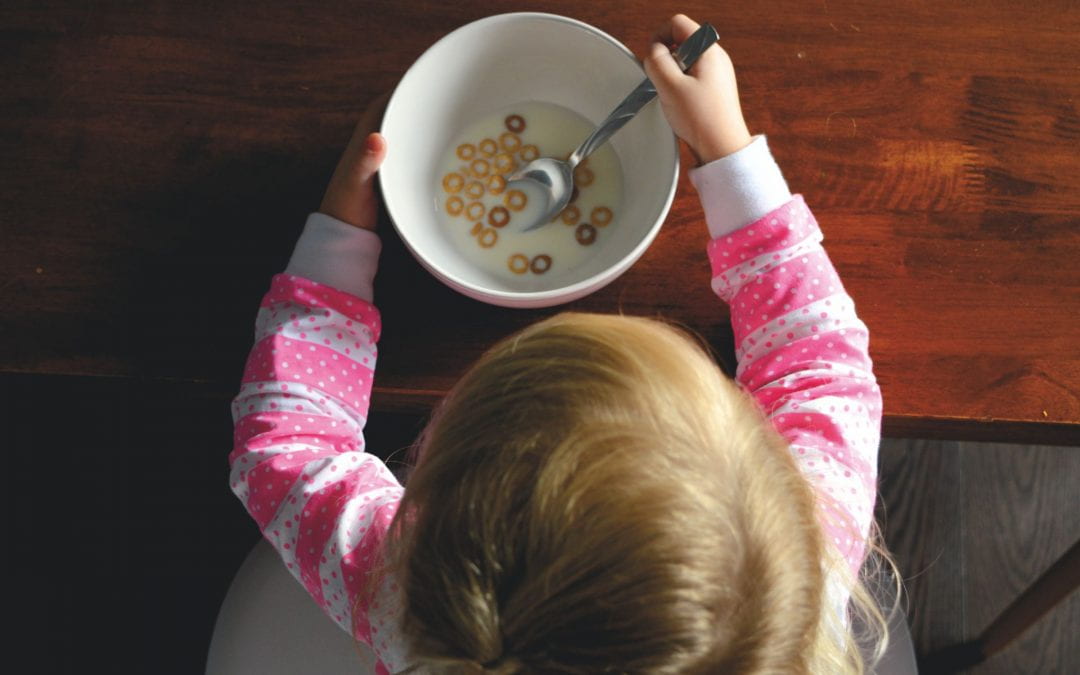One in five Hawke’s Bay primary school students report being hungry because there is not enough food at home, a new study published in the Journal of the Royal Society of New Zealand reveals.
The study – funded by A Better Start National Science Challenge – was undertaken by researchers for Nourishing Hawke’s Bay: He wairua tō te kai, a project aimed at improving the food security and health of children in the region.
Researchers spent six months visiting 43 schools in the Hawke’s Bay and surveyed more than 2000 students in Year 5 (primary) and Year 9 (secondary) about their wellbeing, physical activity, sleep, screen use, food behaviours, and measuring body size.
Food insufficiency – children saying they were “hungry because there was not enough food at home” or “the food at home ran out and they had to wait before buying more” – was self-reported by 20 per cent of primary school students. In the least advantaged communities (low decile schools), the number rose to 30 per cent.
“But, even kids in more advantaged school communities are falling through the cracks and going hungry,” says Pippa McKelvie-Sebileau, project manager for the Nourishing Hawke’s Bay (NHB) initiative, which was established in 2020 in response to concerning nutrition statistics and a lack of interventions in the region.
“Hawke’s Bay is a beautiful, bountiful region – it’s known as the fruit bowl of New Zealand,” says Pippa. “It is our children’s right to have good health and wellbeing to achieve the success they deserve. As adults it’s our responsibility to ensure they have adequate nutrition.”
The NHB project is focused on identifying innovative and sustainable opportunities to improve the health of children in Hawke’s Bay, recognising the link between nutrition and overall wellbeing, including mental, physical and oral health.
The aim of the recent surveys of primary and secondary school students is to provide detailed regional data on the broad health of students to better understand the impact of initiatives.
Other key findings from the surveys include:
- Almost 50% of Year 9 (approx age 13 years old) girls surveyed were at risk of reduced wellbeing on the WHO-5 wellbeing index (WHO-5 is a wellbeing screen tool with a scale of 0-25, with scores below 13 indicating risk of reduced well-being). This was consistent across all schools surveyed
- Students in low decile schools were twice as likely not to get enough sleep as their peers in high decile schools
- Almost half of students surveyed were overweight or obese, with those in low decile schools three times more likely to have obesity
- Almost a third of secondary school students surveyed did not eat breakfast; and 10 per cent did not eat lunch
- Only one in 10 students across Hawke’s Bay ate the recommended daily amount of 3+ servings of vegetables a day, and 60% aren’t getting the recommended 2+ servings of fruit
- Nearly a quarter of secondary school students spend more than five hours a day on screens outside of school hours, while over half of primary students have a screen in their bedroom. Those students with screens in their bedroom got half an hour less sleep each night.
Pippa McKelvie-Sebileau says there was a lot of interest from the schools to participate and identify the health and wellbeing issues facing their students. Schools have been provided with the survey information relevant to their students and many are using it to inform their own hauora programmes.
“Students’ voice and their aspirations really matter,” she says.
The NHB team currently works with schools involved in Ka Ora, Ka Ako – the Government’s free healthy lunch food programme – to help provide the best food systems possible for each school, assisting with networks of cooks and suppliers, provision of menu and set-up of school kitchens.
The project, which is a collaboration between researchers at Eastern Institute of Technology and the University of Auckland, has wide community input, including rangatahi, the Ministry of Education and Hawke’s Bay District Health Board.
“Schools are a fantastic place to be making a difference to children’s nutrition and the Ka Ora, Ka Ako free and healthy school lunch programme is really a step in the right direction,” says Pippa.
“But there’s still ways we could be helping students across all schools. We really want to highlight the direct impact of good food on mood and wellbeing.”
Photo credit: Providence Doucet/Unsplash

